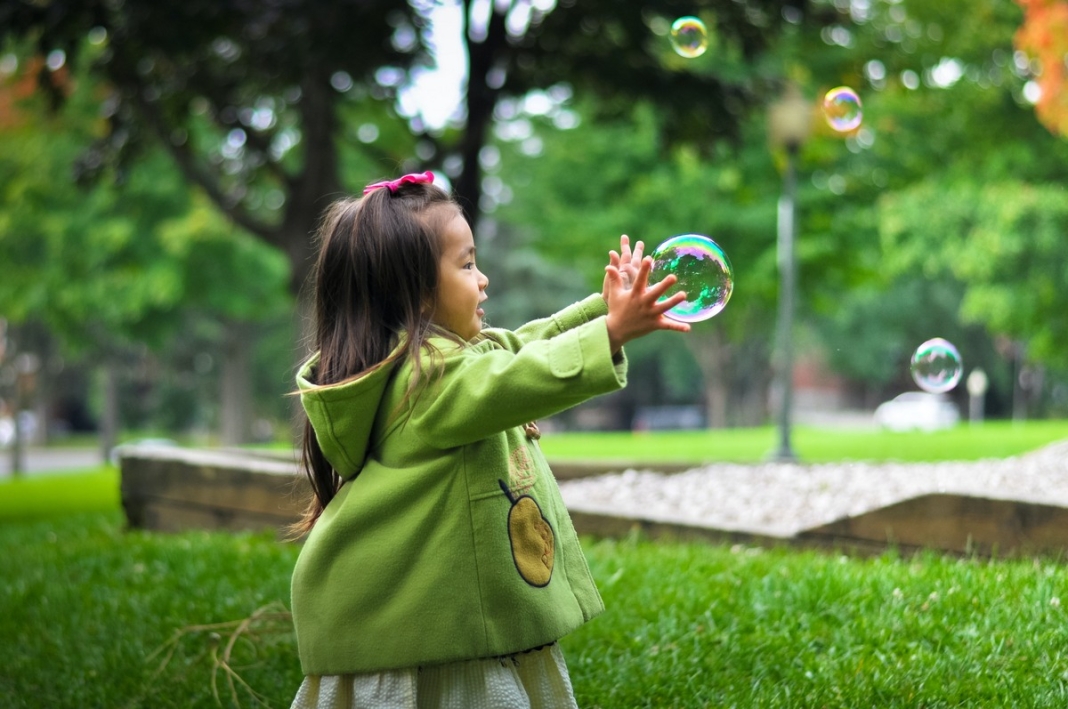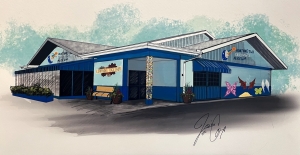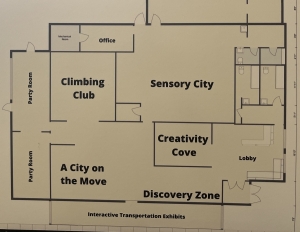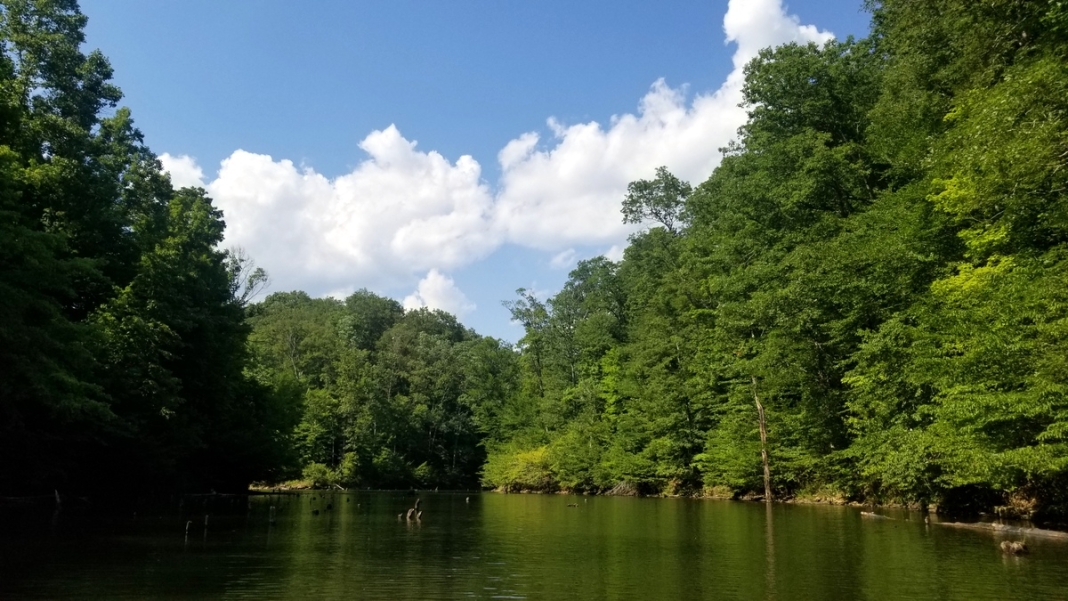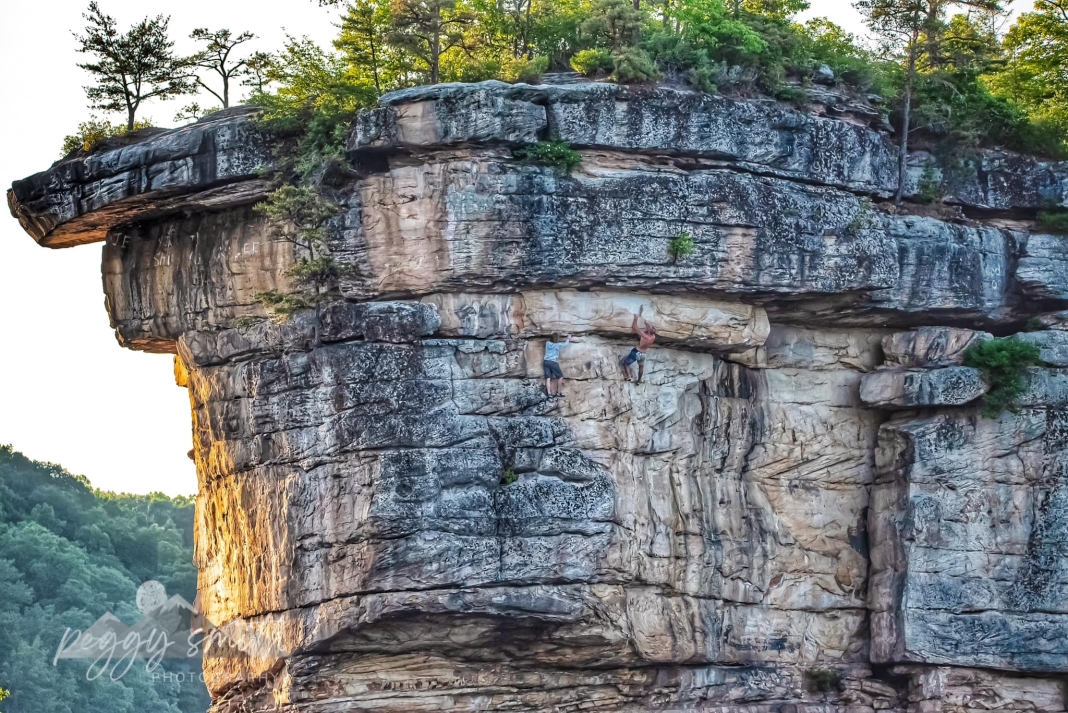HUNTINGTON, W.Va. — Western West Virginia's new children's museum is expected to contribute to revitalizing Huntington’s West End and benefit families in an area where such advantages were traditionally few.
Tosha Pelfrey, president of the board of the Huntington Children’s Museum, says she wanted to establish the museum where it could provide opportunities that otherwise might not be available.
“We felt we complement the revitalization of the West End perfectly, and we can bring children along for that revitalization movement, which we’re thrilled to do,” Pelfrey says. “We have good neighbors, and they pitch in and help in some really amazing ways.”
The building is right off the highway, making it visible and accessible from Cabell County and beyond. It’s also within walking distance from Central City Elementary School, one of the most impoverished elementary schools in the area, Pelfrey says.
“We hope by being here we’ll be able to have an impact on the children who live here who aren’t able to travel to any other (museums),” she says.
About two years ago, Huntington community members came together and agreed the city needed more family-friendly indoor spaces. They notably considered the nation’s growing trend of establishing children’s museums, and spaces for children to learn and grow through play, Pelfrey says.
Similar museums have recently opened in Parkersburg, Portsmouth, Chillicothe, Athens, and Hocking Hills.
“I think a lot of us were looking for community at a time when we were separate,” Pelfrey says. “We’re seeing a trend here of people coming together and saying we need these spaces for our community; they’re vital.”
After the initial meeting, volunteers put together a survey for the Huntington community. Within 24 hours, they had almost 500 responses, and almost 1,500 responses after three weeks, with most agreeing that the area needed a children’s museum.
“We love all the amenities we have here, the outdoor spaces, and our libraries do a great job with programming and services, but we wanted to create an indoor space focused on children and their development, where children are the primary audience,” Pelfrey says.
“This space will be built for children, so things will be the right size, and children’s development will be in mind.”
Children ages 2 to 10 are the ideal audience for the museum and its hands-on exhibits. However, kids of all ages are welcome, Pelfrey says, and science, technology, engineering, art, and mathematics are focuses. The goal is to expose children to these subjects and contribute to their learning and understanding.
“These are all things that children are naturally good at, but they’re not necessarily always available, accessible, and acknowledged,” Pelfrey says.
To get the community involved and showcase what the museum is going to look like, the children’s museum hosts free, educational events every few months, made possible through sponsorships; these are a great way to spread the word about the museum and its mission as well as to bring together children and educate them through play, Pelfrey says.
“It’s great to see so many people support what we’re doing and believe in it,” she says. “We’re fortunate enough to have people show up and work with kids, and there’ll be a lot of great things that come from that, people sharing their skills with kids to build a better tomorrow.”
Another goal of the museum is to combat learning loss and other ways the COVID-19 pandemic impacted children.
“Regardless of any choice we made, children were impacted in different ways,” Pelfrey says. “There were also skills learned during COVID, but we’re seeing some delays in different places.
"As an educator, I know oftentimes when that happens, we try to put all that on teachers and schools. Our educators are all overwhelmed with responsibilities, and we need to share in these responsibilities; as a community, we need to come together and educate our children.”
Volunteers with young children often travel to other children’s museums, bringing back ideas and examples of exhibits their children liked and disliked.
“There are a lot of children’s museums started in our area and Appalachia, and the folks who have started those museums have been really helpful,” says Pelfrey. “We ask what they need in their museum or what they wish they would have put in. A lot of the ideas are reoccurring. We saw a lot of the same components, and we took a lot of ideas from different folks.”
Construction on the building should be completed by January, though the museum isn’t projected to open until late 2024. Pelfrey says it’s dependent on funding and support.
Some of the projected exhibits for the museum include Sensory City, a space that allows children to explore their senses; a climbing area for children to help develop their gross motor skills; and a City on the Move, featuring a mini version of Huntington. There will also be a Creativity Cove and a Discovery Zone, two spaces that will change quarterly to reflect children's different interests.
According to Pelfrey, to bring validity to the project, the museum board created the Founding 150 campaign to recognize and acknowledge the first 150 businesses, individuals, and families who donated a minimum of $1,000 to help the museum get started.
Now, the museum has launched a Building Blocks Campaign, trying to raise about a million and a half more dollars to fund the exhibits.
“We have one goal, and we accomplish it and then move on to the next one,” she says. “The building will soon be in much better condition, so we’ll be able to at least host events here and such until we have all the exhibits.”
The museum received American Rescue Plan Act funding from the Cabell County Commission and Huntington City Council members who allocated portions of their act funding to the project, as well as a grant from Lowe’s to help with the repairs of the inside of the building and funding from the West Virginia Arts, Culture, and History Department to purchase exhibits.
“That helped us share that there are a lot of people who want to see this happen; it’s not just a handful of people in our community,” Pelfrey says. “We’ve been fortunate enough to raise over $500,000 with that.”
A completely grassroots community- and volunteer-driven project, anyone interested in sponsoring or donating can contact Pelfrey at info@hcmkids.org or 740-645-6619.
“We can’t do it without the help of our community, so anybody interested in sponsoring or donating, we’re happy to find them a spot and get them started in making our community a little bit better for families and children,” Pelfrey says.
“I’d be happy to walk them through different options, and if somebody’s interested in sponsoring an exhibit, they’re welcome to schedule a tour with us, and we’ll take them through and show them the options,” she continued.
Sign up to receive a FREE copy of West Virginia Explorer Magazine in your email weekly. Sign me up!
